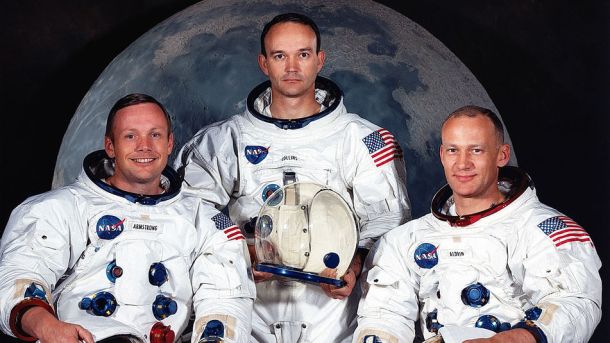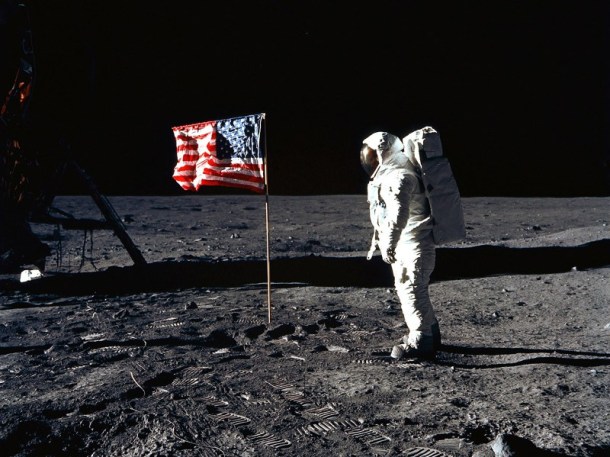On 24 July 1969, the Apollo 11 mission returned successfully after carrying the first men to the Moon, conquering the Earth's only natural satellite.
Since ancient times, human beings have gazed at the stars and dreamed of travelling in space, and incredible advances have been made in this area over the last 60 years. From telescopes to satellites, in addition to a spectacular International Space Station, man has already conquered the Earth’s orbit and also the Moon.
One of the crowning achievements in the history of humanity was on 20 July 1969, exactly 45 years ago, when the lunar module Eagle landed on the moon, carrying the first two men to set foot on the lunar surface, claiming it in the name of all mankind.
The dates between 16 and 24 July mark the 45th anniversary of one of the most important space missions in history, Apollo 11, which took astronauts Neil Armstrong, Edwin “Buzz” Aldrin, and Michael Collins to the moon and back, proving that this was possible, and of course, winning the peculiar space race between the United States and the Soviet Union.
The mission, which was officially named AS-506, included months of training and preparation, but the most important and historic moments occurred during those eight days of Apollo 11’s voyage. On 16 July 1969, the mission blasted off aboard a Saturn V rocket (the model responsible for launching all of the missions going to the moon) from Cape Kennedy, in the United States, and it wasn’t until 20 July that the lunar module separated and landed in the area known as the “Sea of Tranquility” on the Moon.
Only two of the three astronauts set foot on the lunar surface, because the pilot, Michael Collins, had to stay in the command module. And so, some 6 hours after the lunar module had landed on the surface of our natural satellite, Neil Armstrong became the first man to set foot on the Moon, and as he climbed down from the module and transmitted this milestone to the entire world via television, he uttered the phrase that has been recorded in the history of humanity:
“That’s one small step for man, one giant leap for mankind.»
The Eagle module of the Apollo 11 mission was on the lunar surface for just 21 hours and 36 minutes, and there was barely two and half hours of activity outside the vehicle, during which they took the film and the photos that everyone knows so well, collected lunar material, and of course planted the flag of the United States on the Moon.
The fact of the matter, crude as it may seem, is that man reached the Moon as a result of the competitive whims of the two biggest space powers then and now, the United States and Russia. President Richard Nixon was driven to beat the former Soviet Union in the race to “conquer space”, and in that sense, he was successful.
So far, man has been to the moon a total of six times. The US government quickly lost interest in the space race after this conquest, and as a result, we didn’t return to the Moon until the Apollo 17 mission in December of 1972.
But Armstrong, Aldrin, and Collins are three names that have gone down in the history of mankind. They were the first men to conquer this frontier of space and prove that it was possible to go to the Moon and return.
Forty-five years after stepping on the Moon for the first time, and with NASA cancelling the space shuttle programme simply because it was too costly, it’s doubtful that we’ll be repeating this milestone any time soon. In any case, the Moon no longer seems to be enough, since NASA is already talking about going to Mars. Impossible? That’s what they said about going to the Moon less than fifty years ago.











